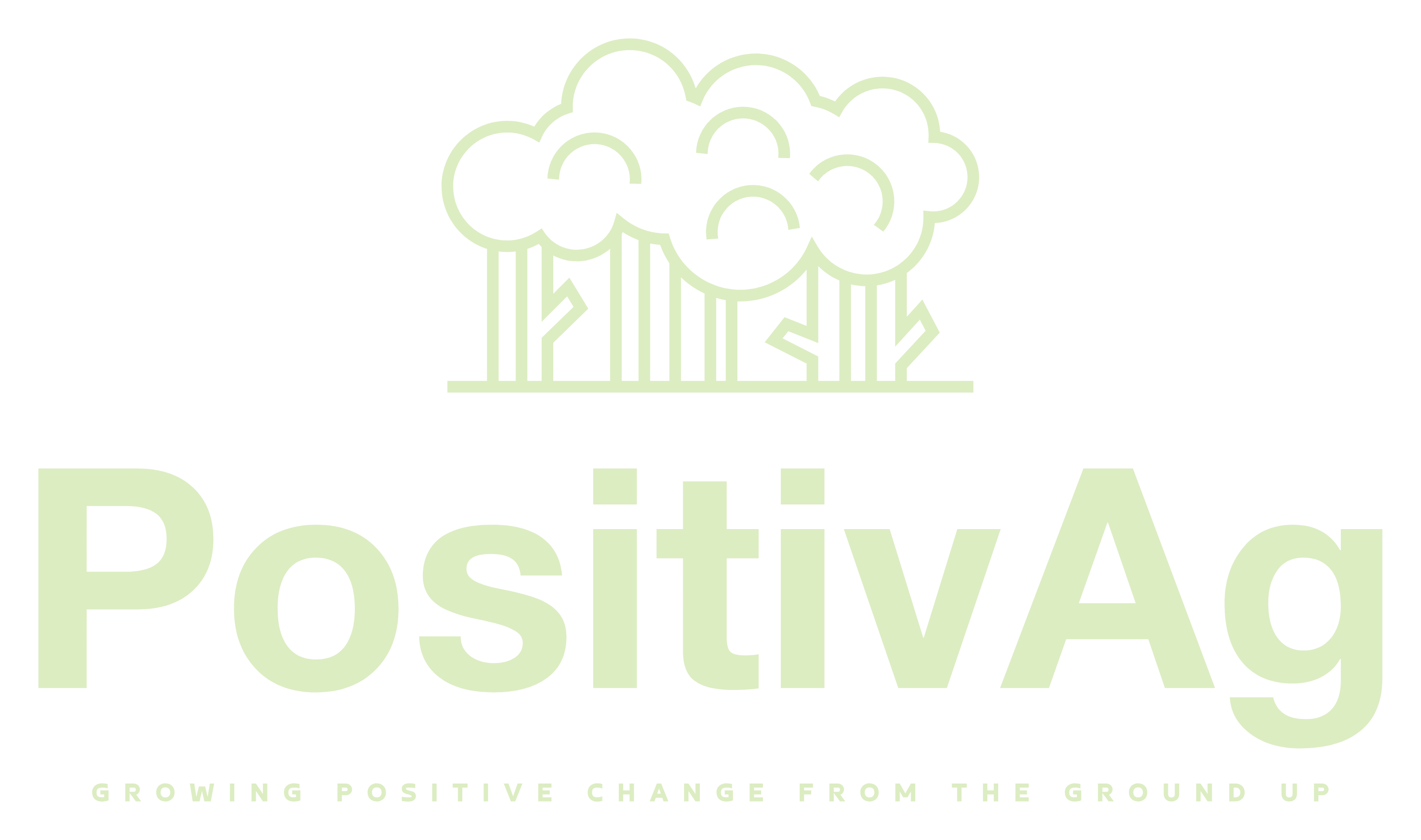Better soil delivers higher biodiversity, more productivity and maximised land values
An integrated approach
Keep the land covered
At PositivAg, cover cropping and livestock rotation are essential practices that maintain continuous ground cover while incorporating managed livestock rotation to optimize soil health. We seed diverse cover crops—such as legumes, grasses, and brassicas— to ensure year-round ground cover, preventing soil erosion, suppressing weeds, and improving water infiltration.
This living mulch enhances soil structure by adding organic matter through root exudates and biomass decomposition, fostering microbial diversity and nutrient cycling as recommended by IPCC agroecological guidelines for biomass recycling and balanced nutrient flows.
To amplify these benefits, we integrate managed livestock rotation, where animals are strategically grazed in rotational patterns across paddocks. This mimics natural ecosystems, allowing livestock to trample residues into the soil, distribute manure naturally, and stimulate regrowth without overgrazing.
According to FAO and IPCC assessments, such integrated systems can increase soil organic carbon by 0.1–0.3 tons per hectare annually, while reducing compaction and enhancing biodiversity.
In our Queensland projects like Morinish and Monogorilby, this approach not only builds resilient soils but also boosts overall farm productivity, aligning with Bjorn Lomborg's emphasis on high-return agricultural interventions for climate resilience and food security
Just Add Water
At PositivAg , our "Just Add Water" approach is a transformative strategy to convert marginal, water-scarce lands into highly productive farms. By sourcing deep sustainable water and implementing innovative infrastructure, we drought-proof properties, ensure consistent yields amid climatic variations, and enable intensive agricultural production with high livestock pressure for short periods of time. This integrated method draws on cutting-edge technologies from Sustainable Water P/L and time-tested permaculture principles, aligning with our mission to regenerate ecosystems while delivering strong returns for impact investors.
Mimick Nature
PositivAg integrates cell grazing—a time-controlled rotational system promoted by RCS Australia—to mimic natural ecosystems and leverage livestock for soil regeneration. Drawing from RCS's six regenerative grazing principles, we plan and monitor livestock movements using grazing charts to ensure high stock density for short periods (e.g., 1-3 days per paddock), followed by extended rest (up to 90 days), matching stocking rates to carrying capacity and promoting diversity in plants, animals, and soil microbes.
This approach mimics nature by replicating the behavior of wild migratory herbivores, such as large ungulates driven by predators, fire, or resource needs: animals graze intensely in mobs but move on quickly, preventing overgrazing and allowing plant recovery in Phase II of growth for optimal root development and photosynthesis. At our Queensland properties like Morinish and Monogorilby, livestock trampling incorporates plant residues and manure into the soil, breaking crusts, enhancing nutrient cycling (e.g., nitrogen/phosphorus), and boosting microbial activity for improved structure, water infiltration, and carbon sequestration (100-300 kg CO₂e per kg livestock weight gain). This recreates fertile soils, increasing organic matter, reducing erosion, and building resilience—aligning with UN/IPCC goals for carbon sinks and Copenhagen Consensus's high-return ag interventions.

